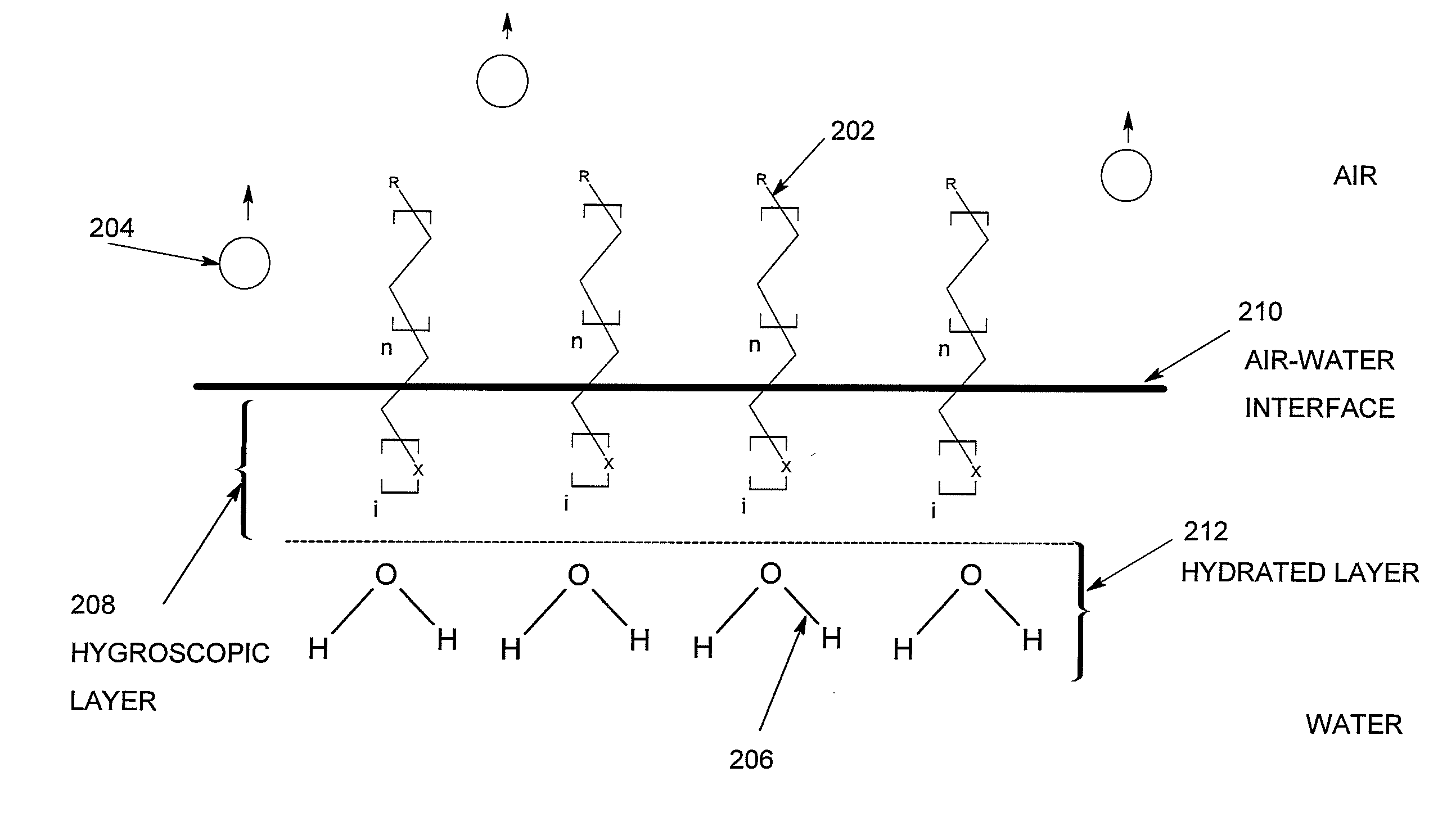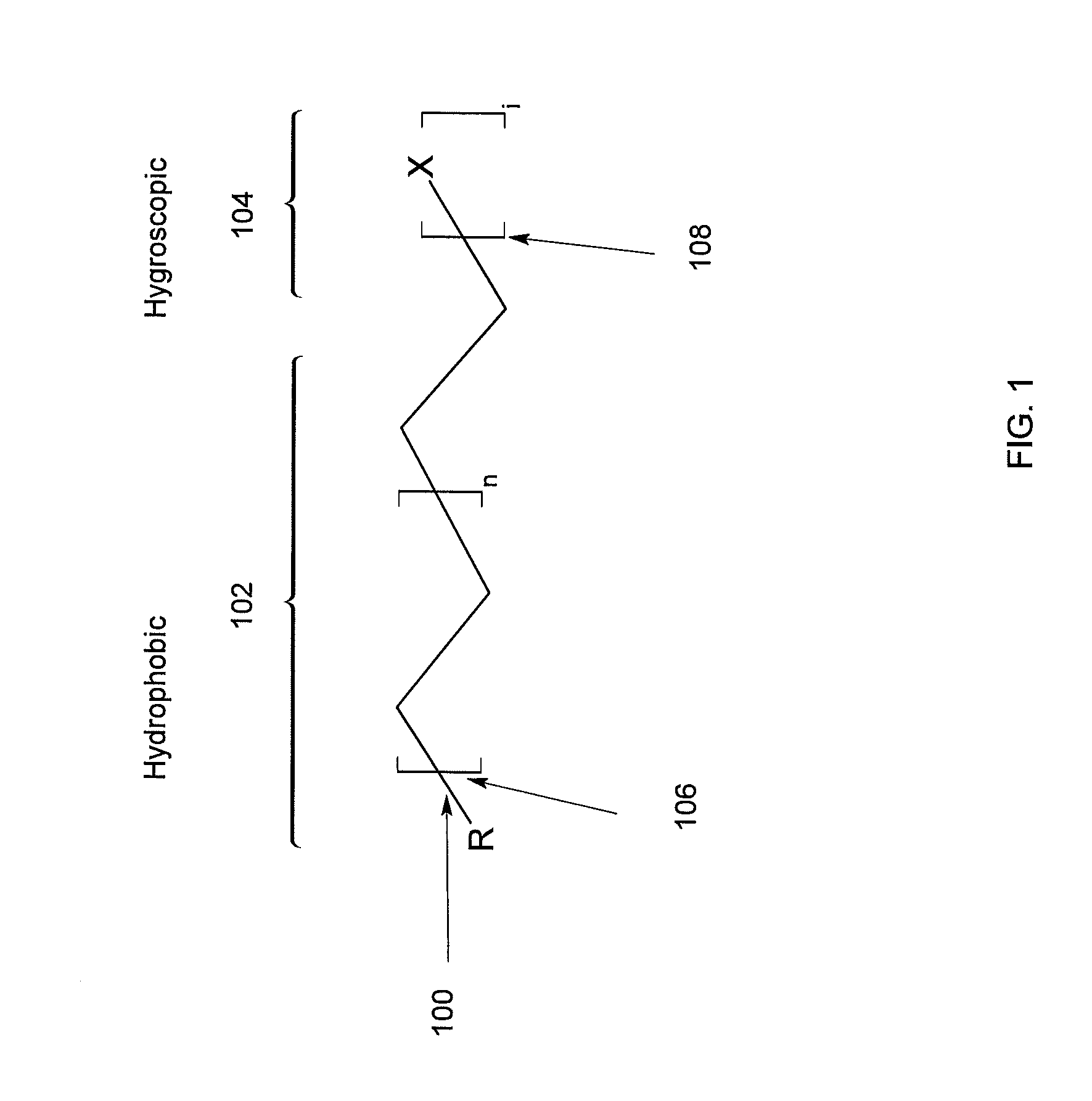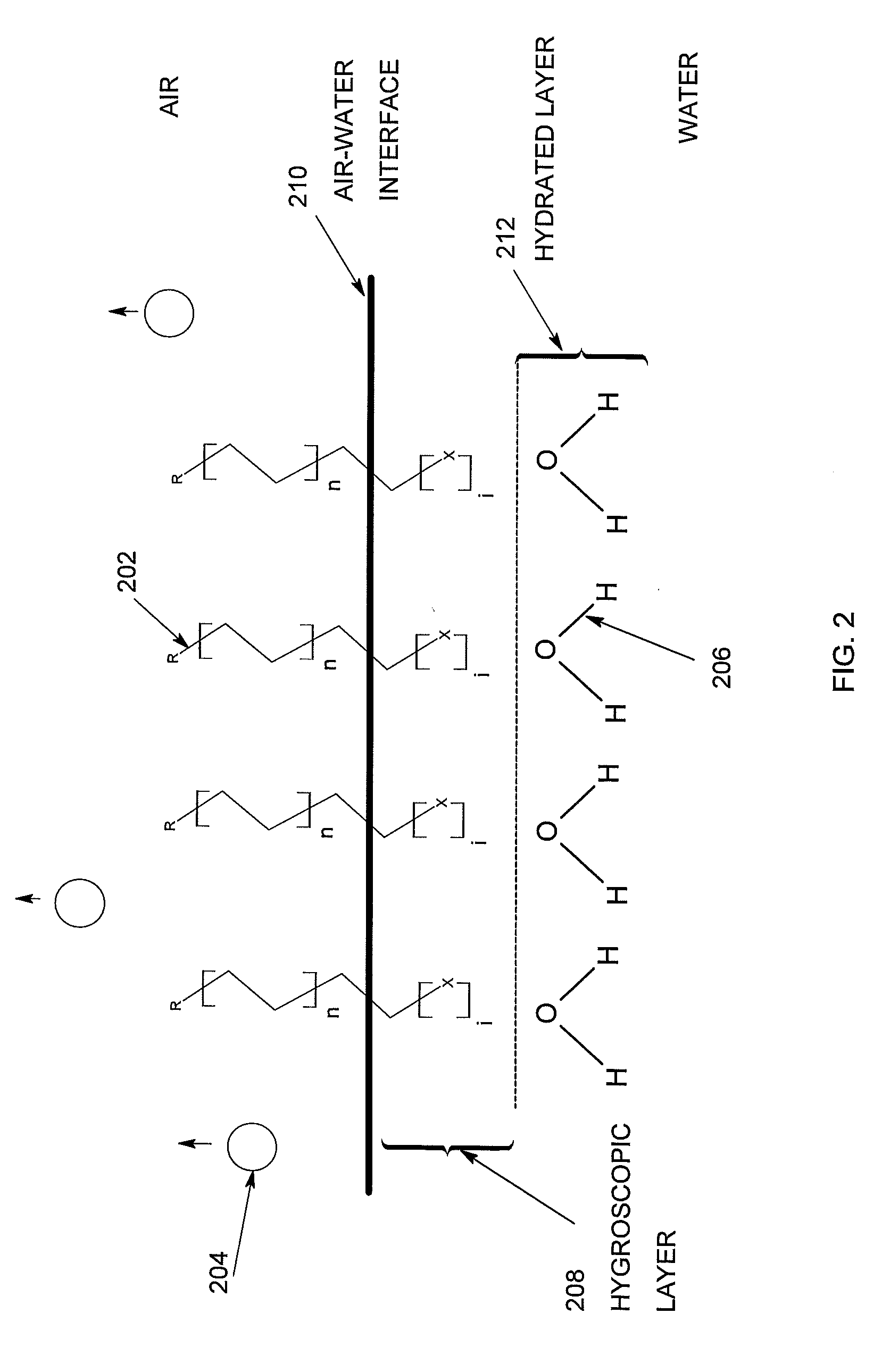Fast-Drying Ink Composition
a technology of ink composition and fast drying, which is applied in the field of fast drying ink composition, can solve the problems of volatile organic compounds, unenvironmental friendly, and many problems of continuous inkjet technology
- Summary
- Abstract
- Description
- Claims
- Application Information
AI Technical Summary
Benefits of technology
Problems solved by technology
Method used
Image
Examples
Embodiment Construction
[0035]The above described drawing figures illustrate aspects of the invention in at least one of its exemplary embodiments, which are further defined in detail in the following description.
[0036]Described now in detail is a fast-drying ink composition comprising, in the exemplary embodiment, water, one or more fast-drying solvents, a surface-active humectant, and at least one colorant. These ingredients and other additives such as “low enthalpy of evaporation” solvents, surfactants, resins, and biocide reagents may be combined in various proportions depending on the application to arrive at new and useful ink compositions according to the present invention.
[0037]As employed herein, an “effective amount” or “effective concentration” of any such ingredient or additive of any particular ink composition refers to the minimal percentage of a substance employed in an ink composition of the present invention to achieve the desired effect. For example, an effective amount of dye refers to t...
PUM
| Property | Measurement | Unit |
|---|---|---|
| Fraction | aaaaa | aaaaa |
| Fraction | aaaaa | aaaaa |
| Fraction | aaaaa | aaaaa |
Abstract
Description
Claims
Application Information
 Login to View More
Login to View More - R&D
- Intellectual Property
- Life Sciences
- Materials
- Tech Scout
- Unparalleled Data Quality
- Higher Quality Content
- 60% Fewer Hallucinations
Browse by: Latest US Patents, China's latest patents, Technical Efficacy Thesaurus, Application Domain, Technology Topic, Popular Technical Reports.
© 2025 PatSnap. All rights reserved.Legal|Privacy policy|Modern Slavery Act Transparency Statement|Sitemap|About US| Contact US: help@patsnap.com



